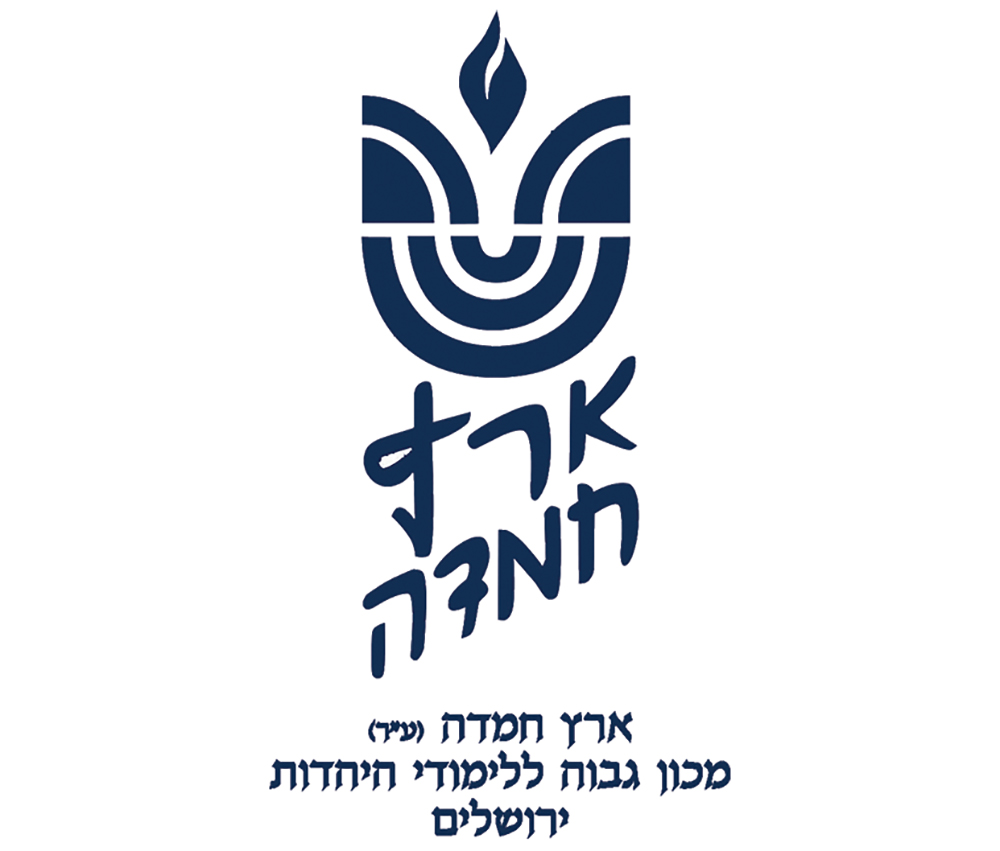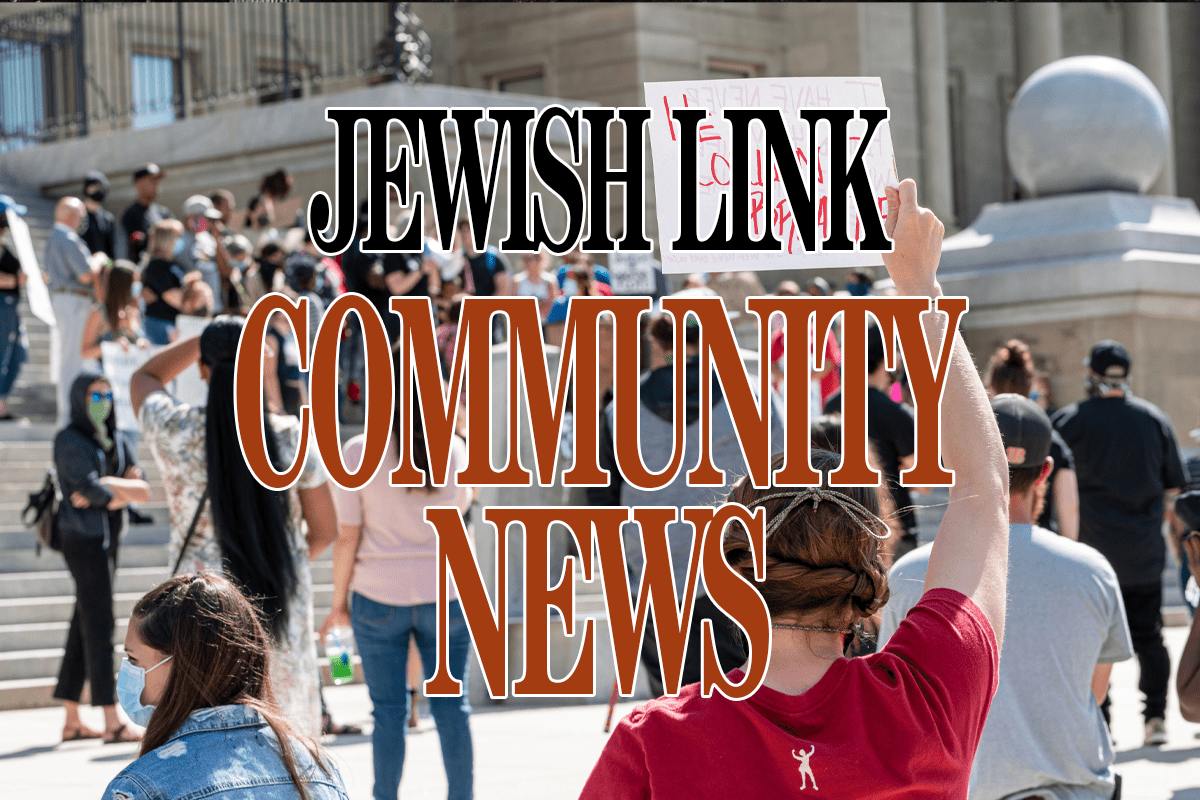לעילוי נשמת
יואל אפרים בן אברהם עוזיאל זלצמן ז”ל
Question: I was at an event on Chanukah at which someone lit candles and sang the “brachot” without pronouncing the name of Hashem because it was no one’s halachic lighting. Most of the people answered “Amen,” and I did not know what to do. Was “Amen” called for?
Answer: We commence the discussion according to the assumption of the person who lit that a bracha was not called for in that situation and deal with Hilchot Brachot elements.
It is a great mitzvah and an obligation to respond “Amen” to a correctly made bracha (Brachot 53b), even for one who is not “using” the bracha for himself (Shulchan Aruch, Orach Chayim 215:2). The basic meaning of Amen is that one agrees with the bracha’s content (i.e., the specific praise of Hashem).
When the bracha is improper, it is forbidden to answer “Amen” (ibid. 4). This can be because it is wrong to agree with something that was forbidden to say in that context. The Mishna Berura (215:21, based on Gra to Orach Chayim 215:2) regarding a bracha that a child recites—not when it is called for but just as practice—says “Amen” is forbidden, because it relates to an invalid bracha—even though the child is allowed to practice (Shulchan Aruch ibid. 3). Some say that while there is no reason to respond “Amen” to a child’s practice bracha, it is not forbidden (Even Haezel, Brachot 1:15, based on the Rambam ad loc.).
What about “Amen” for non-brachot? The Magen Avraham (215:3; this opinion is widely accepted) cites a midrash that one should answer “Amen” to someone who prays for something or blesses his friend—even if he does not use Hashem’s name. In this case, the meaning is slightly different—one joins the wish/prayer.
A less clear permutation is when one praises Hashem (like a classic bracha) but without invoking one of Hashem’s official names. The Shaarei Efrayim (4:25, 33) provides a rule on this matter. When one makes a bracha with Hashem’s name, people should answer “Amen;” if in the same situation the practice is to do it without names (e.g., “Baruch Sheptarani”), people should not answer “Amen.” Some ask from the Gemara (Brachot 45b) that prescribes—in one case—answering “Amen” to zimun, apparently even one without Hashem’s name. Betzel Hachochma (verse 90) says that if a bracha was instituted in the classic way, with Hashem’s name, if—for whatever reason—it was done without a name, one should not answer “Amen.” (He reasons that it is not actually forbidden to say “Amen” in such a case (ibid. 89).) However, if it was instituted without His name, then one does answer “Amen.” Some examples are Mi Sheberach and Oseh Shalom … (at the end of Kaddish).
In our case—based on what we have seen—there are a couple of reasons not to respond “Amen.” The brachot are to praise Hashem (as opposed to the Magen Avraham’s prayer for a person), so that when they are not effective brachot but voluntary, “innocuously fake” brachot, one would not answer “Amen.” Additionally, they were instituted to have Hashem’s name, and are being done without it.
If there was no kiruv/educational purpose in doing the lighting with name-less brachot, but it just added a “nice touch,” it was probably halachically silly (although harmless) to do the brachot. If the setting gave importance to doing ceremonious lighting, (e.g., a kiruv opportunity), for some, this justifies a real bracha (see Living the Halachic Process, volume two, drush eight). If one did not want to rely on that, one could see positive purpose in the fake brachot. It, then, has similarities to the halachically meaningless but still positive case of a child making a bracha as practice, in which case, the Amen is not called for and is likely forbidden (see above). Since saying the word “Amen” is not problematic in a totally pareve context (Notrei Amen 2:19; when many of us practiced for our bar mitzvah, we started every aliyah with “Amen”) and especially if the ceremonious “Amen” adds to the spirit that bolsters the educational purposes, it can be justified. If it is deemed worthwhile, one should have in mind that it is not a real bracha-type Amen (see Betzel Hachochma ibid.).
This column is written by Rabbi Daniel Mann on behalf of the Eretz Hemdah Institute in Jerusalem, which trains dayanim and has many projects on behalf of klal Yisrael, including its “Ask the Rabbi” service in conjunction with the OU. Rabbi Mann is a dayan at Eretz Hemdah, a senior member of the “Ask the Rabbi” project, and author of its “Living the Halachic Process” series. He is also a Ram at Yeshiva University’s Gruss Kollel in Israel.











